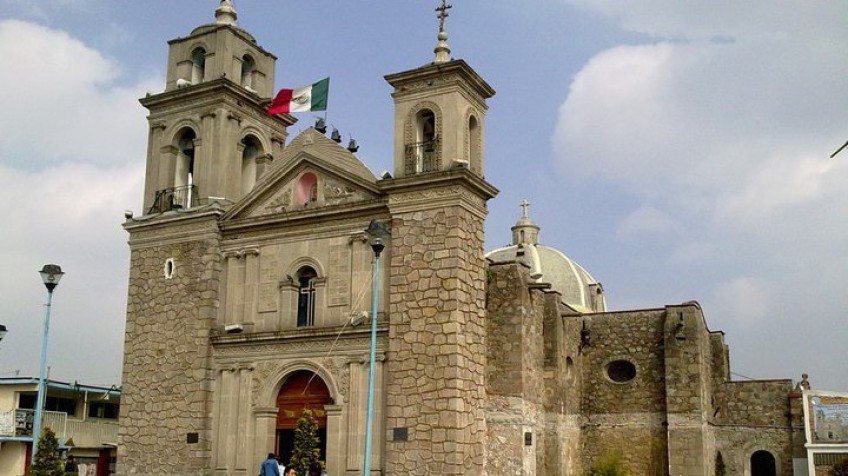
San Mateo Tlaltenango is one of just five original villages in Cuajimalpa. It’s first mentioned in history in the Quauhximalpan Codex. It was part of the estate of Hernán Cortes when he became the Marquis of the Valley of Oaxaca, an enormous and short-lived estate. The original population included both Nahua and Otomi peoples.
The Nahuatl name can be translated as “On the earthen walls.” It’s history is long and detailed, and Tlaltenango has participated in many of the conflicts that beset the early Mexican state.
Today, it’s a rugged and partially forested mountain town with a cool, inviting climate. It’s just a few minutes drive from most of the Santa Fe area. The shopping center and the Parque La Mexicana are about 8 minutes drive in light traffic.
The San Mateo Tlaltenango Church was begun in in 1571 by the Franciscans. It was first dedicated to St. John the Baptist, who is said to have guided the Franciscans to this spot. Years later, the same saint indicated to the Carmelites that they were to build the Monastery at Desierto de los Leones. So when they arrived, in 1700, residents re-dedicated this church to San Mateo.
With a Baroque facade, and effigies of the Blessed Sacrament and the Virgin Mary, it’s topped by a triangular pediment. The two bell towers flank a single nave. Windows are decorated with allegories in stained glass, and the wall are bedecked with a number of paintings from the 16th century. A remodeling of the facade added the quarry stones and a clock was dismantled and presumably lost during a later rehabilitation.
The church is the center of religious festivities on September 21 in honor of Saint Matthew. The celebration lasts usually three days, and includes regional dances, dancers, muleteers, and singers.
 +52 (55) 5812 1364
+52 (55) 5812 1364
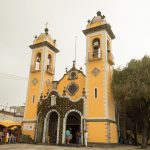
Nearest at 1.59 kms.
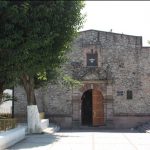
Nearest at 1.72 kms.

Nearest at 2.10 kms.
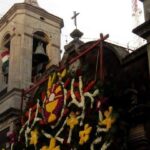
Historical and charming San Pedro Cuajimalpa is high in the mountains of Mexico City - and always remarkable.
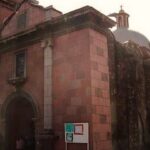
The highest altitude of any village in the city, this one is rugged and wonderful.

A history of ranching as rugged as its tall trees and mountainous landscape.
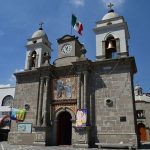
Among the rugged hills of Cuajimalpa, one of the original towns carries on, often in spectacular fashion.